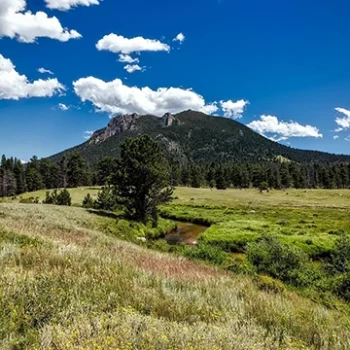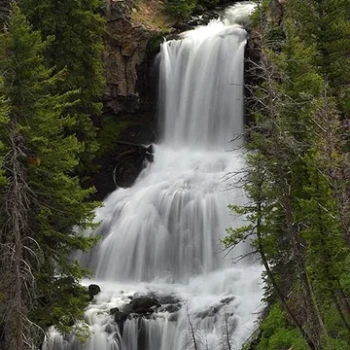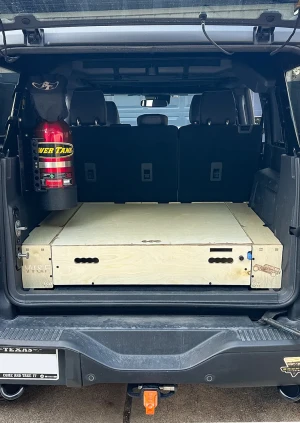Yellowstone: Landmark Spots and the History of the Park
Yellowstone National Park in Wyoming holds a special place among the natural wonders of the United States. It is not only the first national park in the world, established in 1872, but also a place where nature displays its most vivid forces. Geysers shoot water dozens of meters into the air, hot springs color the ground in incredible shades, and wildlife remains largely untouched.
Here, you can see bison, deer, and bears in their natural habitats, experience the uniqueness of the continent, and witness how ecosystems have been shaped over millennia.
For road travelers and camping enthusiasts, Yellowstone offers breathtaking landscapes and the chance to observe wildlife up close.
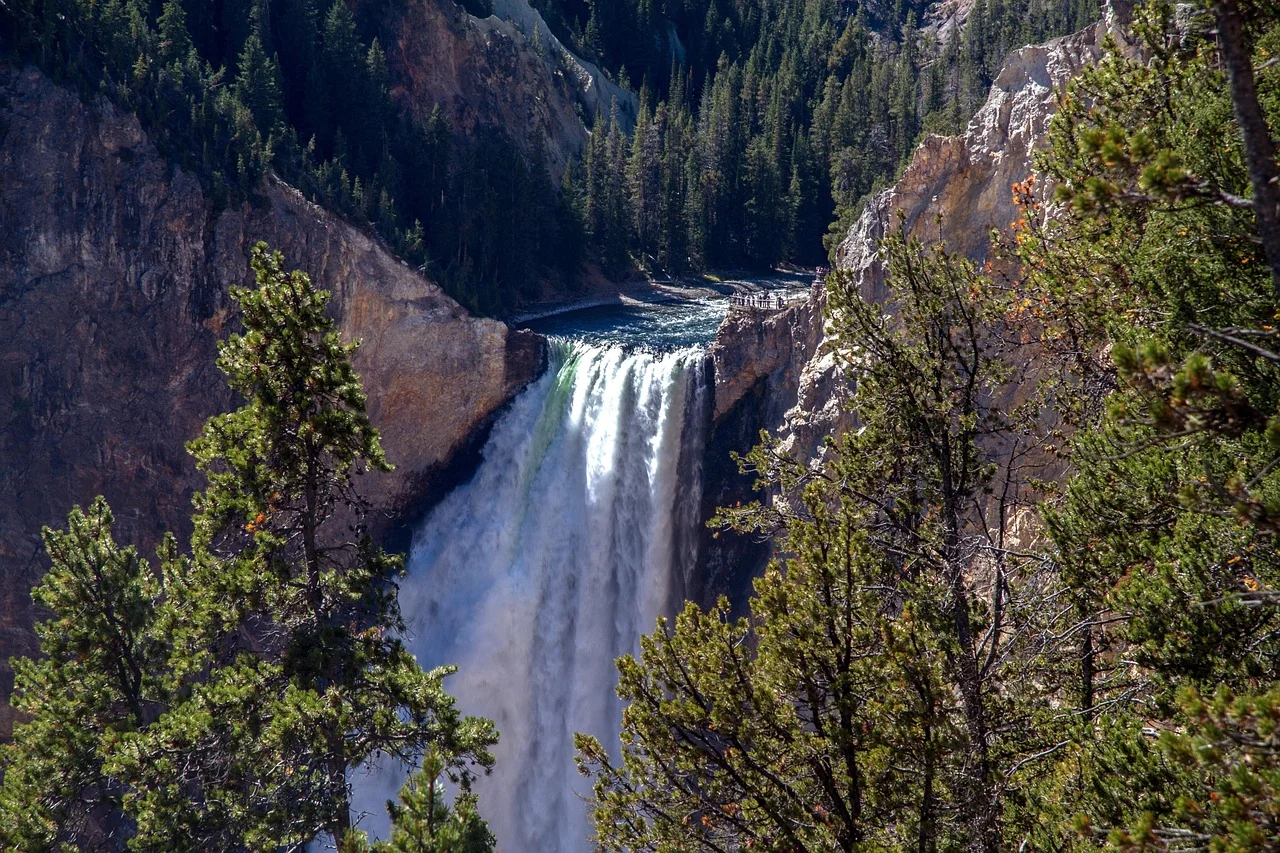
A Brief Historical Overview
Yellowstone’s history begins with European expeditions in the mid-19th century. Early explorers, such as Ferdinand Vandeberg and Henry Cochrane, described landscapes that seemed almost otherworldly. Inspired by these discoveries, American lawmakers decided to create the world’s first national park. From its founding, it became a model for nature conservation and the development of camping culture.
During a road trip, it is important to have everything you need within reach. With a Ford Bronco equipped with a convenient storage organizer, you can quickly access your gear and continue your journey without unnecessary hassle.
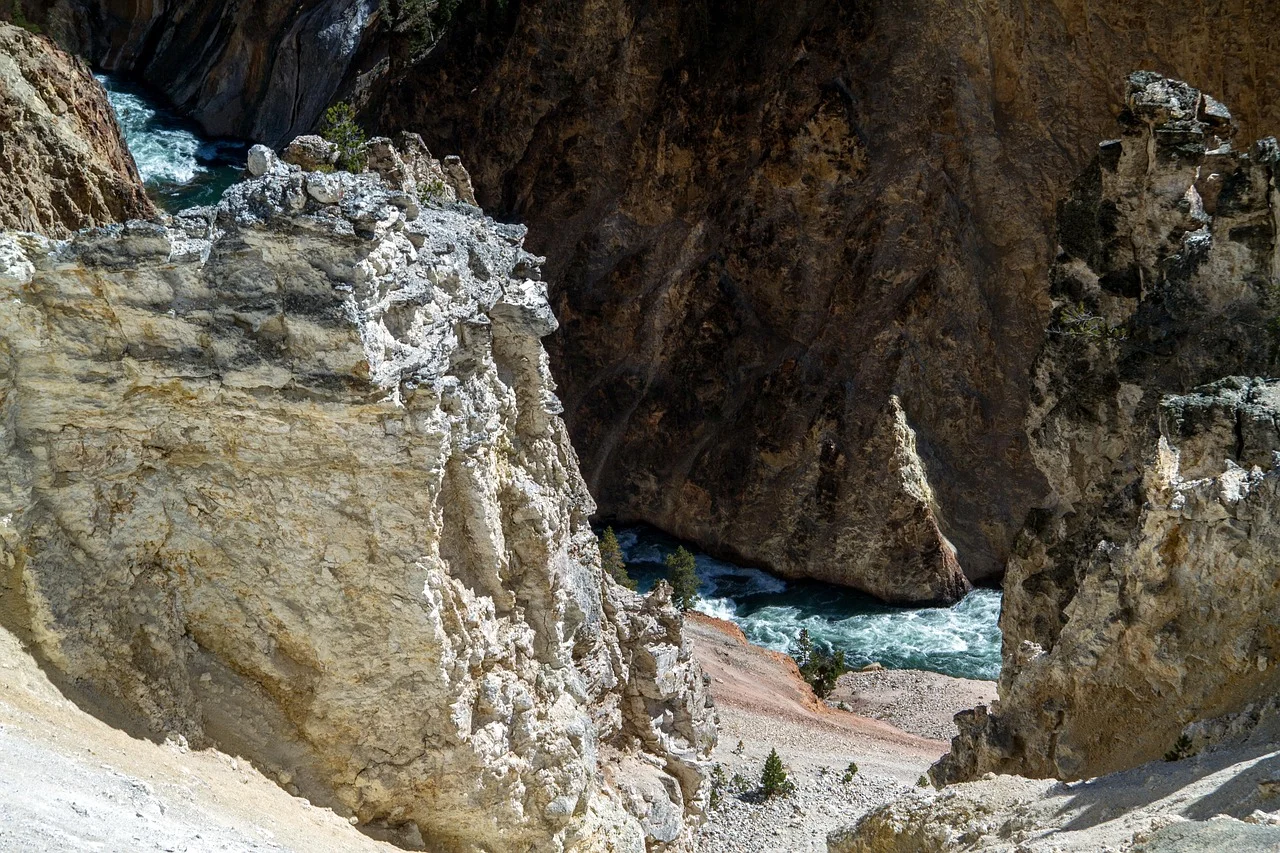
Iconic Natural Attractions
The oldest and perhaps most famous geyser is Old Faithful, regularly shooting a jet of hot water. Equally impressive is Grand Prismatic Spring, with its incredible palette of colors reflecting minerals and waterborne microorganisms.
Yellowstone Grand Canyon astonishes with the scale and beauty of its cliffs, while Lower Falls impresses with the majesty of cascading water. These locations are ideal for stops to take photos or enjoy a short picnic.
Yellowstone Lake is the largest high-altitude lake in North America, and the Yellowstone River, flowing through the park, offers picturesque views for camping enthusiasts.
When traveling through Yellowstone, it is important for a vehicle to allow quick changes in direction and convenient stops at interesting points. With a Ford Bronco equipped with a drawer system, every stop becomes more flexible. You can respond instantly to a suddenly revealed view, turn down a remote trail, or explore a hidden waterfall without wasting time searching for the items you need.
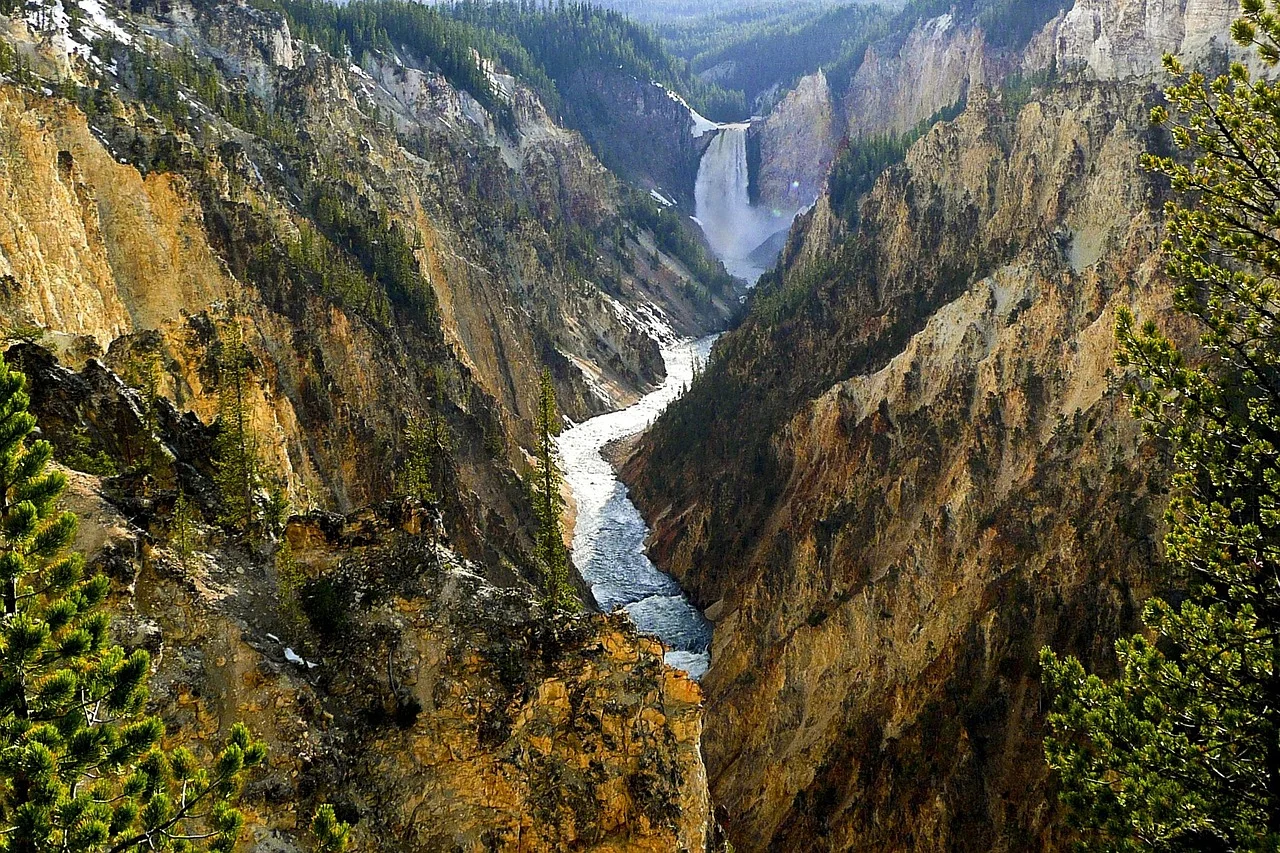
Wildlife of Yellowstone
The wildlife in Yellowstone is impressive for its unpredictability and diversity. It is common to encounter bison slowly crossing roads, bears peeking from the forest, and majestic moose observing visitors from a safe distance.
For campers, it is especially important to follow safety rules: keep your distance, avoid approaching animals, do not feed them, and store food in closed containers.
The best times for wildlife observation are morning or evening when animals are most active. It is also safer to stay on the road or at viewing platforms.
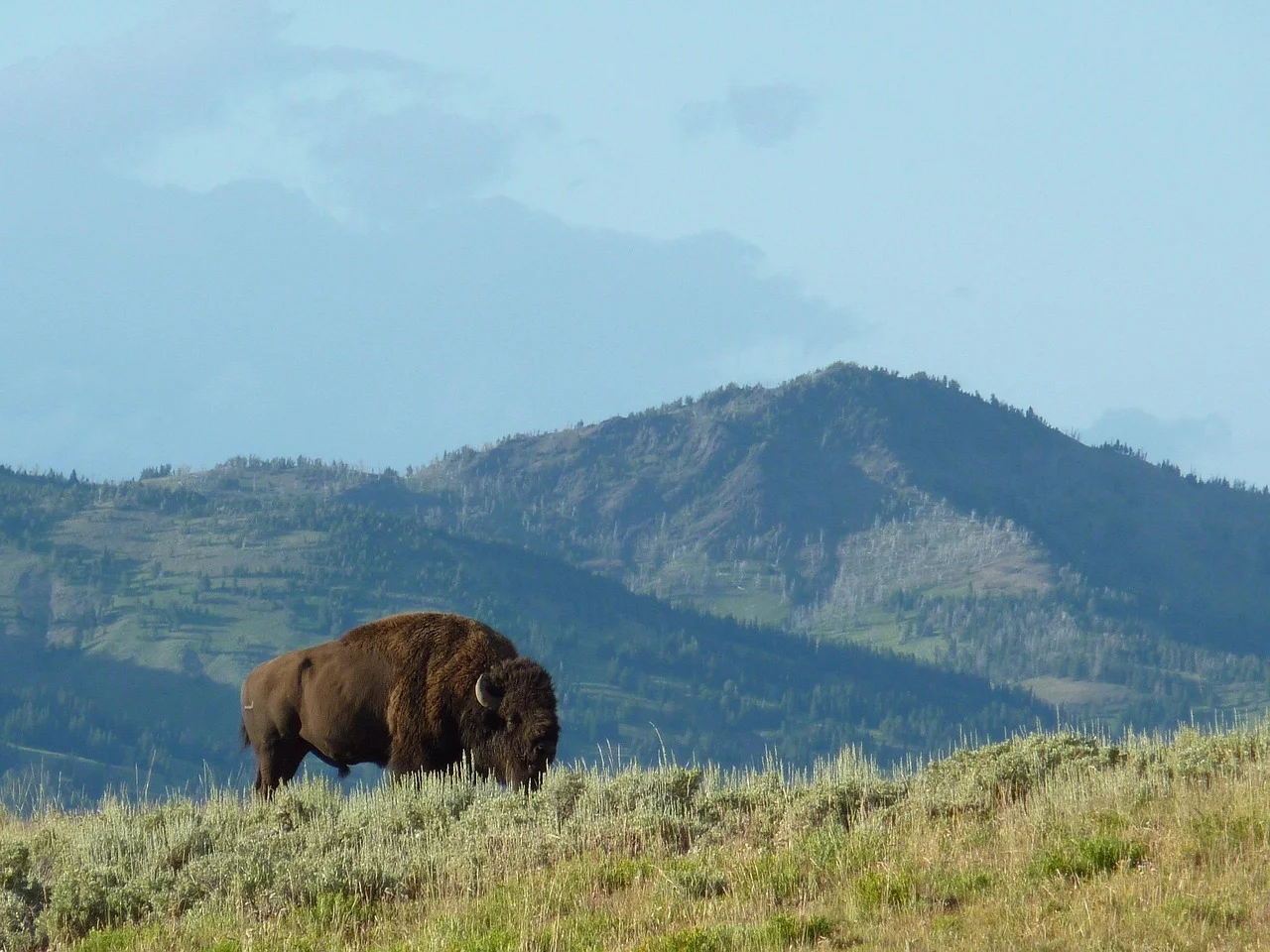
Seasonal Features
Yellowstone changes with the seasons, and each season offers its own travel opportunities. Summer brings life to the park. Long daylight hours allow you to visit more attractions. Autumn offers calm, mild temperatures, and vibrant foliage, making travel especially scenic.
Winter transforms the park into a snowy wonderland: roads are covered in snow, and the quiet and isolation create a sense of complete immersion in nature. At this time, it is especially important to have a well-prepared Ford Bronco, with storage space for gear, warm clothing, and essential items for stops.
Spring opens new routes and brings the park back to life.
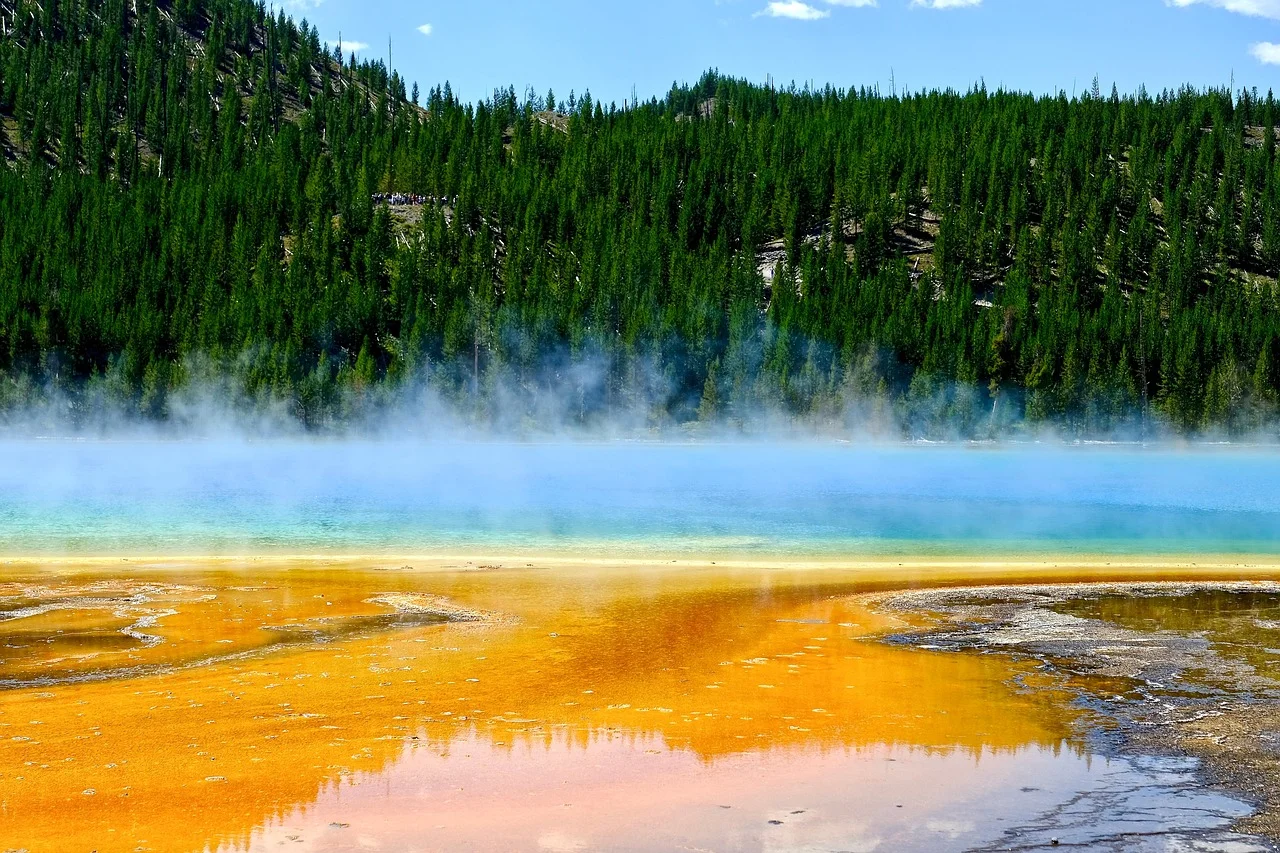
Do not postpone discovering Yellowstone. Get in your vehicle and set out to explore this unique park, where every turn in the road reveals new experiences.




